When fall comes around, it’s time for leaf cleanup. The question is, when should you do it? The timing of your leaf-cleaning job matters because it affects how easy or tough the task can be.
The volume of the leaves in your lawn, that is, if there are only a few scattered leaves or a thick carpet of leaves, depends upon the season and the month, and the clean-up process is different for all.
This guide will help you decide the best month to tidy up those fallen leaves in your yard. Cleaning up depends on factors like the weather, how many leaves are on the ground, and what would be the best equipment, which influences your decision.
Be it a way to rake leaves or using a lawn mower, each piece of equipment or tool is suited for different cleaning needs at other times of the year.
Cleaning in The Right Season
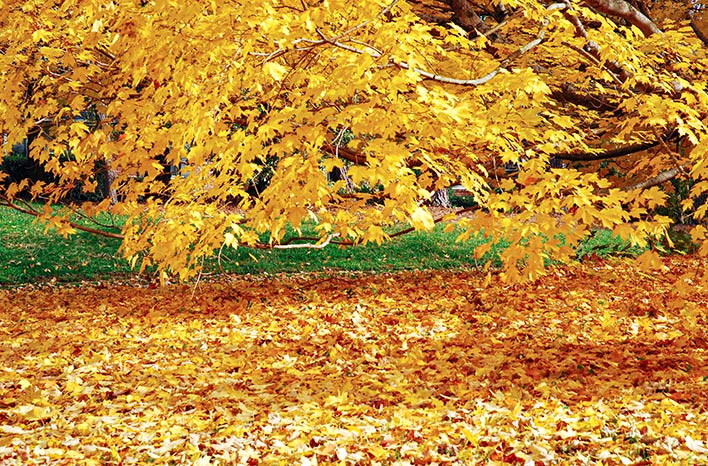
Cleaning leaves at the right time of the year is important. For most regions in the Northern Hemisphere, late autumn is the prime season for leaf raking. This usually falls in October and November. However, local climate and tree varieties can influence the exact timing. Consider the following factors to determine the best time for leaf cleaning in your area.
- Local Climate: Different regions have different climate patterns, so consider local weather conditions. Generally, waiting until most leaves have fallen is best to avoid repeated cleanups.
- Types Of Trees: Some trees shed their leaves earlier in the season, while others hold onto them longer. Understanding the trees in your yard will help you plan your leaf cleanup more effectively. Large deciduous leaves shed more and more frequently.
Raking Dry vs. Wet Leaves
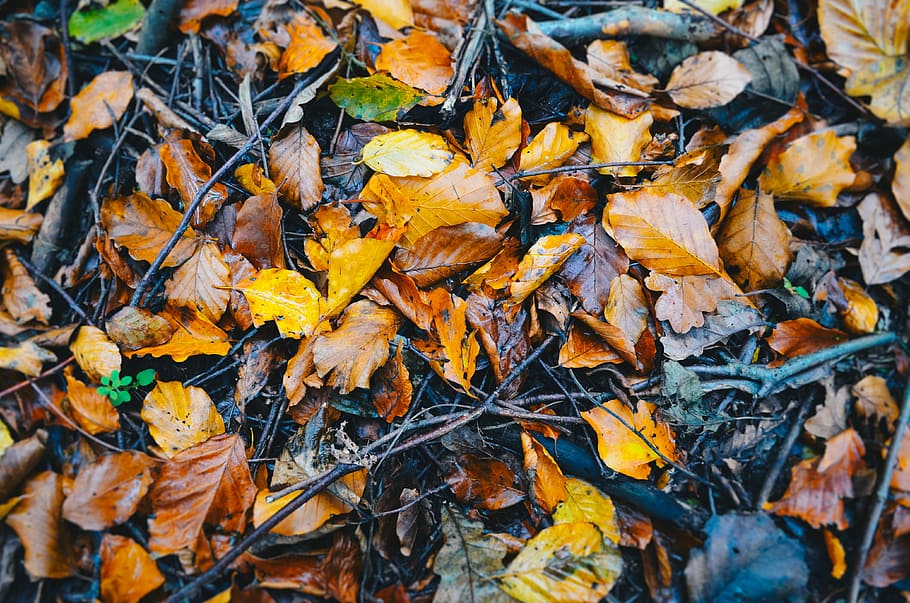
Raking dry leaves, a smart strategy for leaf cleanup, is significantly easier than dealing with wet and heavy leaves. Dry leaves are lighter, making them easier to rake, bag, or compost.
Damp leaves can form clumps, which are more challenging to handle and dispose of. Wet leaves can also lead to mold and decomposition, making your yard messy and potentially harming your lawn.
Using Different Equipment for Leaf Cleanup
The choice of equipment you use for leaf cleanup can significantly impact your decision on when to tackle this seasonal task. Let’s explore various tools and their implications:
1. Rakes

Rakes are a traditional manual tool for leaf removal, but not all rakes are created equal. The type of rake you select can greatly influence the time it takes to complete the job. Opt for a rake with a wider tine spread, ideally with a fan spread of at least 30 inches. Avoid narrow rakes as they gather fewer leaves and extend the raking process. Look for a “no clog” rake with specially designed, angled tines that won’t pierce leaves, minimizing the need for frequent fixes or clearing.
It’s also wise to avoid raking on excessively windy days, as strong winds can scatter leaves, disrupting carefully collected piles and prolonging the task. On days with a gentle, consistent breeze, rake in the direction of the wind, which can assist you in your cleanup. The following steps will guide you on how to use a rake.
- Starting Point: Start your leaf raking from the yard’s perimeter and gradually work your way toward the center. This prevents unnecessary trampling over already cleared areas.
- Use the Wind: If there’s a gentle breeze, use it to your advantage. Rake leaves in the direction of the wind for efficient gathering.
- Create Piles: As you progress, create manageable leaf piles ready for bagging or composting.
2. Lawn Mower
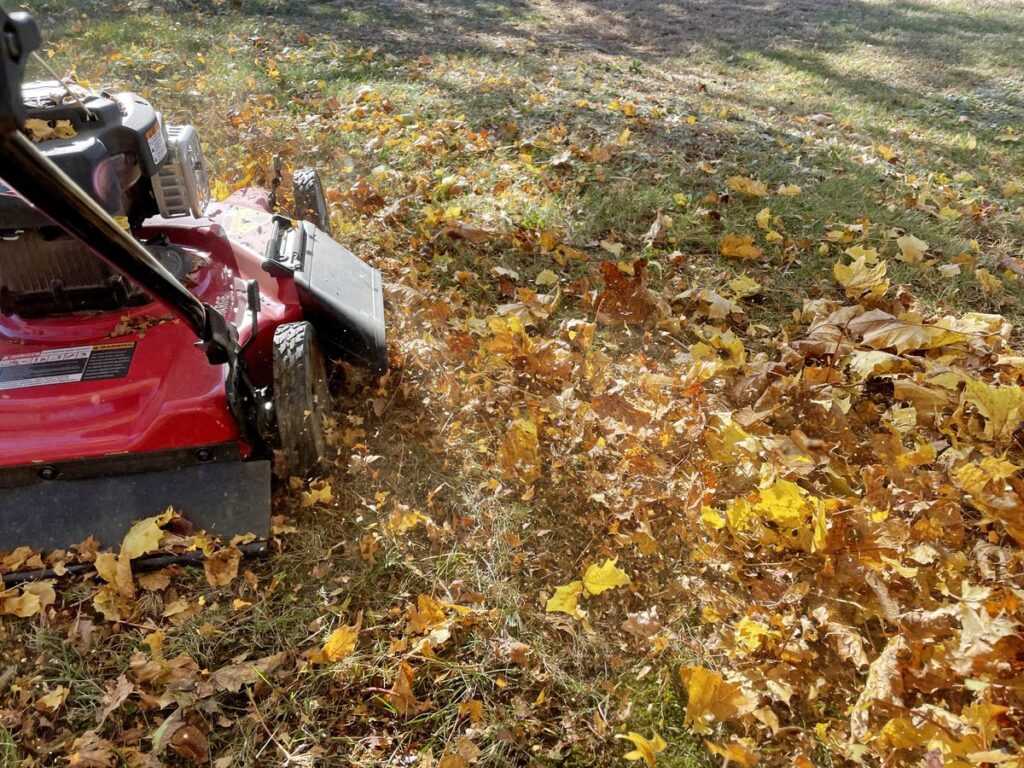
In the early stages of the season, a lawn mower equipped with a mulching setting can be a valuable tool. Mulching mowers break down leaves into smaller pieces that mix into the lawn, providing organic mulch and improving soil health. This, in turn, enhances the overall look and quality of your grass.
However, this method is most effective when there are fewer leaves. If you have a thick carpet of leaves, avoid excessive mulching, which could potentially smother your grass. The blades of the grass should be upright and visible even after mulching. If they are not visible, you must redistribute excess leaf mulch using a rake or a leaf blower.
3. Leaf Blower
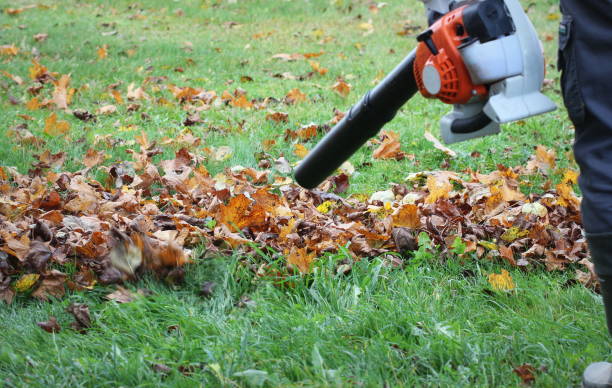
Choosing a leaf blower can give you some flexibility and potentially delay leaf cleanup compared to manual raking. Leaf blowers are efficient tools that quicken the process while raking a bigger area might take up multiple days. To maximize efficiency with a leaf blower, follow the steps given below.
- Divide your yard into sections and establish a grid pattern, working systematically in rows or quadrants.
- Maintain a moderate distance from the leaves to prevent scattering them haphazardly.
4. Lawn Vacuum
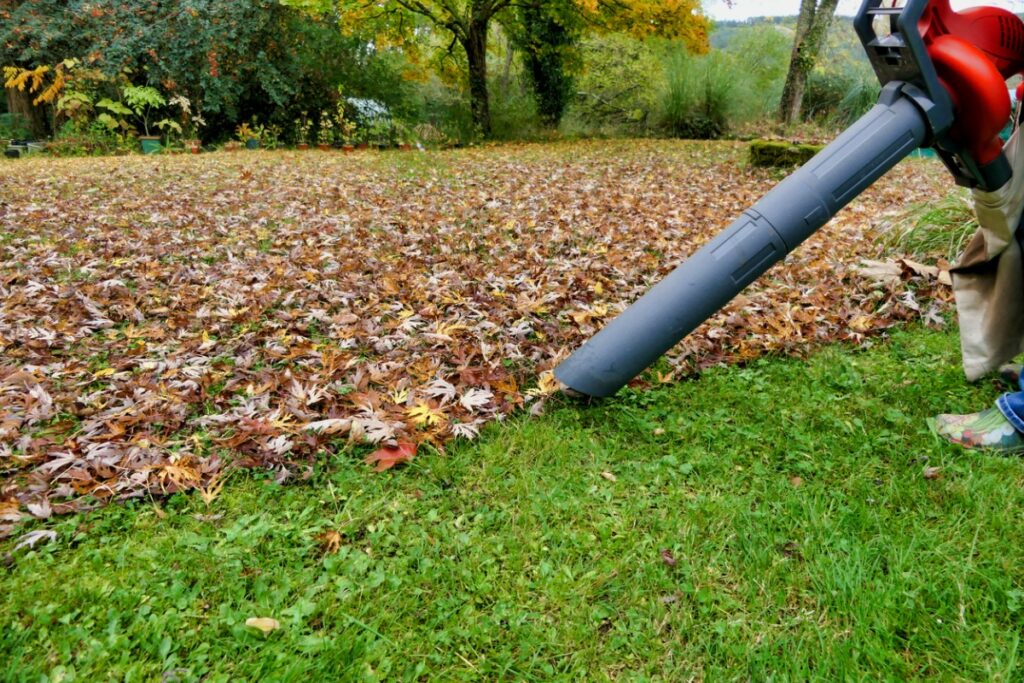
Lawn vacuums offer a streamlined approach to leaf removal, saving time and reducing the storage space required by sucking up leaves and shredding them into small fragments. This electric tool minimizes the need for numerous leaf collection bags, simplifying the leaf removal process. Lawn vacuums come in three primary forms: handheld, walk-behind, and tow-behind models.
By using this machine, you can efficiently clean up the leaves in your lawn, giving it the look of tidiness and enhancing the aesthetics of your outdoor space.
Conclusion
The ideal month to clean up the leaves in your yard requires careful consideration of several important aspects. While the main season for many regions in the Northern Hemisphere is late autumn, usually October and November, your local conditions play a significant part in determining the best time.
Factors including the local climate, types of trees, types of tools you are planning to use, and the number of leaves that have fallen all determine the month in which you should clean your lawn efficiently and without much manual labor and effort.

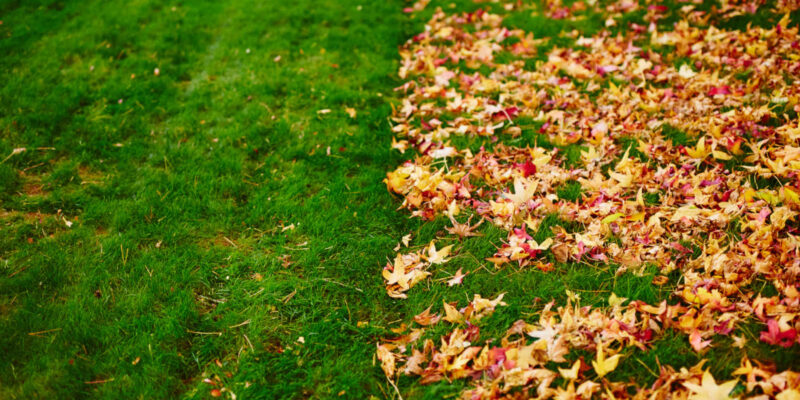
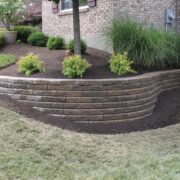
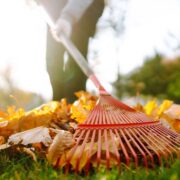
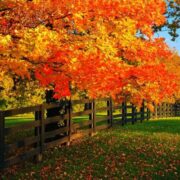
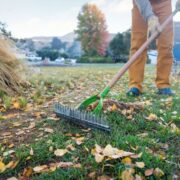




Comments